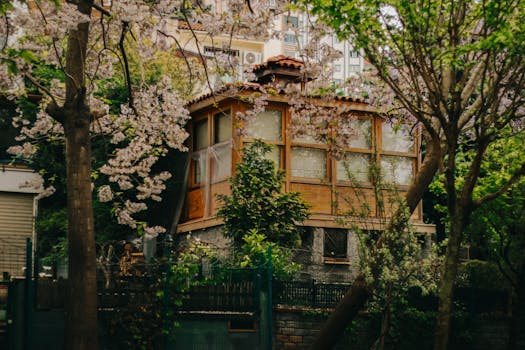
Urban Green Spaces: The Future of Outdoor Living in European Cities by 2025
Introduction to Urban Green Spaces
Urban green spaces, such as parks, gardens, and green roofs, are becoming increasingly important in European cities. These spaces provide a range of benefits, including improved air quality, reduced noise pollution, and enhanced biodiversity. As we look to the future, it is clear that urban green spaces will play a vital role in shaping the way we live, work, and interact with our surroundings.
The Benefits of Urban Green Spaces
Urban green spaces offer numerous benefits to both individuals and communities. Some of the most significant advantages include:
- Improved mental and physical health: Spending time in nature has been shown to reduce stress levels, improve mood, and boost overall well-being.
- Increased social connections: Urban green spaces provide opportunities for people to meet, socialize, and build relationships with their neighbors and community members.
- Enhanced environmental sustainability: Green spaces help to mitigate the urban heat island effect, manage stormwater runoff, and support local wildlife.
- Support for local economies: Urban green spaces can serve as hubs for community events, farmers’ markets, and other activities that promote local economic growth.
European Cities Leading the Way
Several European cities are already leading the way in terms of urban green space development. For example:
- Stockholm, Sweden: The city’s Green Wedge initiative aims to create a network of green spaces throughout the city, providing residents with easy access to nature and recreation areas.
- Copenhagen, Denmark: The city’s Climate Adaptation Project includes the creation of green roofs, walls, and urban parks to help manage stormwater runoff and reduce the urban heat island effect.
- Amsterdam, Netherlands: The city’s Green City initiative focuses on creating sustainable, green spaces throughout the city, including parks, gardens, and green roofs.
Challenges and Opportunities
While urban green spaces offer numerous benefits, there are also challenges to be addressed. Some of the key issues include:
- Funding: Creating and maintaining urban green spaces requires significant investment, which can be a challenge for cities with limited budgets.
- Space constraints: Many European cities are densely populated, making it difficult to find space for new green spaces.
- Community engagement: Encouraging community involvement and participation in urban green space development is crucial for ensuring the long-term success and sustainability of these projects.
Conclusion
Urban green spaces are the future of outdoor living in European cities. As we look to 2025 and beyond, it is clear that these spaces will play a vital role in shaping the way we live, work, and interact with our surroundings. By investing in urban green spaces, European cities can create healthier, more sustainable, and more livable environments for their residents.





